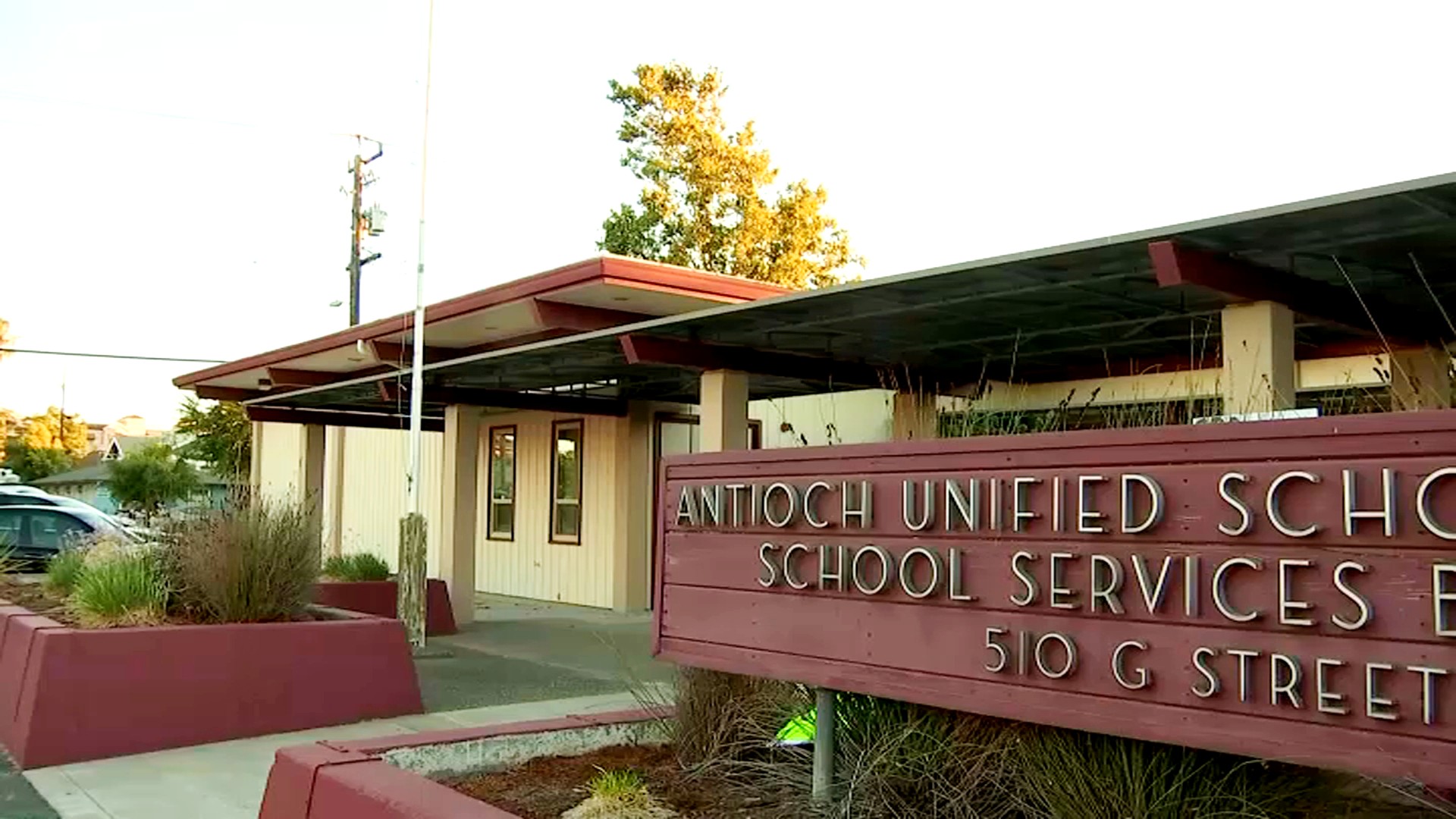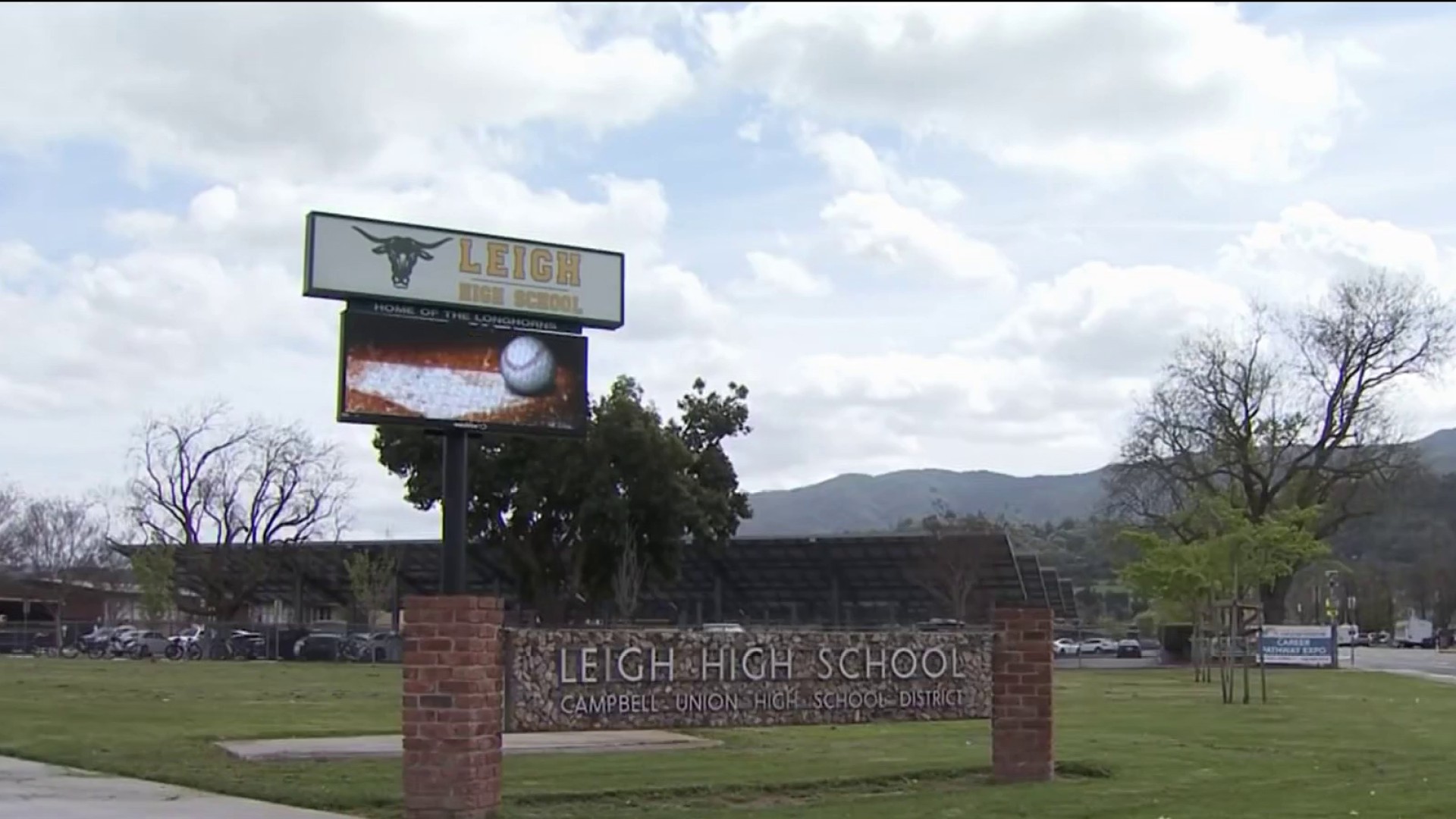It’s just one word that has only three syllables, but it’s a concept that is universally understood: Tsunami.
As the Bay Area waits for the “Big One” to strike what is the risk of that seismic event triggering a tsunami here?
Unlikely, says Brian Garcia, a Warning Coordination Meteorologist with the National Weather Service.
“The San Andreas fault cannot trigger a tsunami,” he said.
That’s because it’s a strike-slip fault line which moves from side to side during an earthquake. This type of movement does not displace any water, Garcia said.
“So when we get the ‘Big One’ obviously it’s going to shake like crazy across the Bay Area, and we’re going to have lots of damage,” Garcia said. However, the prospect of a major tsunami tackling the Golden Gate Bridge and entering the San Francisco Bay, like the event depicted in the Warner Brothers film San Andreas, is highly unlikely.
Garcia said there is a chance that shaking from a major earthquake could lead to landslides below or above water that might cause a local tsunami, but that event is rare.
Local
It’s much more likely that an earthquake off the coast of Japan or Alaska would trigger a distant tsunami that could reach the California coast, including the Bay Area.
That type of event would be triggered by an earthquake along a different kind of fault called a subduction zone. These plates move up and down, which pushes water up and sends waves sprawling.
This is the type of event that triggered the 2011 tsunami in Japan, which made it’s way to the California coast and caused $14 million of damage to the Santa Cruz harbor. Due to the distance of the earthquake, Californians had plenty of time to prepare.
“The tsunami in Japan took about fourteen hours to get here,” said Dr. Steven Ward, a research geophysicist at UC Santa Cruz. “So we had half a day and more [to prepare].”



